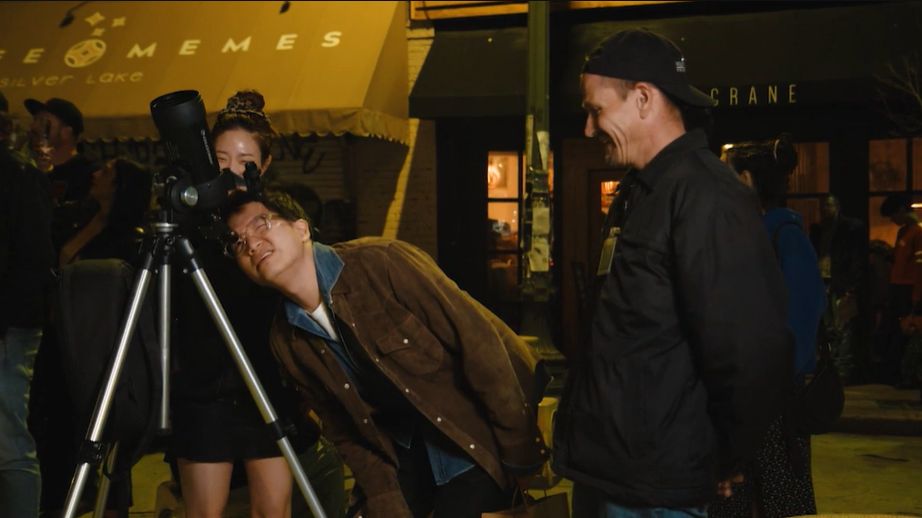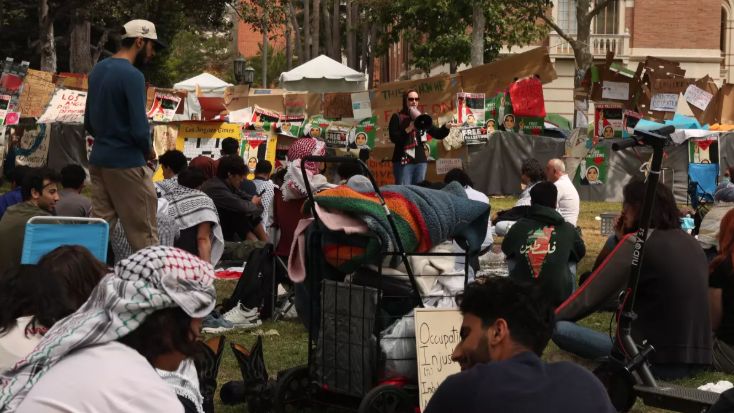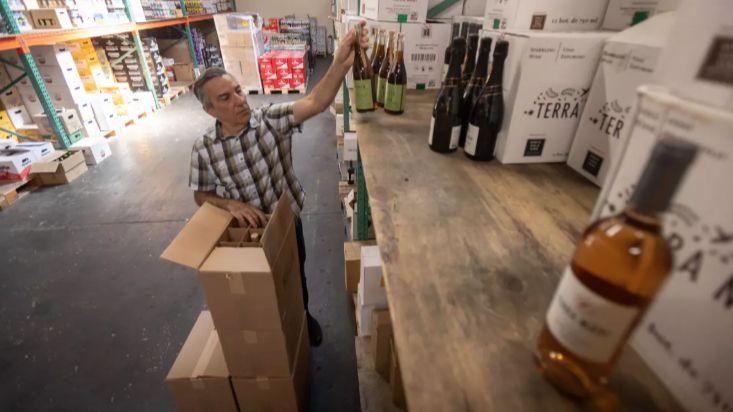It's that time of year in Southern California when we get to see and honor the rich Mexican traditions of Día de los Muertos. And thanks to a team of Latino staffers at the LA Times, anyone can take part in the ritual of creating an altar for loved ones — digitally.
In an interview for "LA Times Today," Latinx file columnist and one of the creators of the Times' digital alter Fidel Martinez joined Spectrum News 1 anchor Kelvin Washington with the story.
Día de los Muertos is celebrated by Mexican Catholics and many others in Mexico and the United States.
"It's all about honoring and remembering loved ones that have passed on to the afterlife," Martinez said. "And how you do it is by making an ofrenda or an offering to that loved one. ... You put things [on there] that that person loved, and there are certain items you put in there. But above, if you're doing with the intention of honoring and celebrating and remembering that person then you're doing it right. So, it's a celebration of life."
The LA Times Latino staffers were inspired to do this project because of the Día de los Muertos altars at Grand Park in downtown LA and at the Hollywood Forever Cemetery.
"For much of the last year and a half we've been living online, we felt that doing something in the digital space felt appropriate. So, we wanted to create a public digital space where people could contribute and feel like they're part of a larger community while also honoring their loved ones. So, it's very personal, but it's also very communal," Martinez added.
Given the last year and a half, Martinez says it is hard not to think about the ways people of color were impacted by COVID-19 when doing this project.
"For us and by us, I mean Vanessa Martinez, who developed the web page, and Martina Ibáñez-Baldor, who designed the look for it. For us, it was important to give people an opportunity to make sure that their loved ones were more than just a statistic, especially because COVID disproportionately hit Black and Latinx communities in Los Angeles, so we bore the brunt of that. And because of that, we're seen as statistics. But this was an opportunity to let people know that those who have passed during COVID were real people and meant something to someone. And, it means a lot to be able to give them a platform or an opportunity to express that to our readers," Martinez said.
The Oscar-winning Pixar film "Coco" helped introduce a new generation to Día de los Muertos.
"It's tough to ignore the 'Coco' effect. I mean, we're talking about Disney — one of the largest media companies in the world creating a very successful movie," Martinez said. "For many people who are not familiar with the holiday, this was their introduction to it, and I think that's great. I think that the more people know about traditions and cultures and practices of nonwhite people or minority or marginalized groups, helps a lot in basically understanding those people. We're all human, and it's a form of Mexican expression that we want others to partake in, honestly. Like I said earlier, if you're doing this to honor and celebrate a loved one, with that in mind, then there's no way you could celebrate this wrong. So, I think it's great. I think that we should allow people to participate. If you look at the digital altar, we have some people that have submitted ofrendas to their pets. And I think that's great."
When it comes to building an ofrenda, Martinez says it is essential to clean the space because the notion of Día de los Muertos is that your loved ones' spirits are going to visit, so there needs to be a space for them.
"So, you set up a little alter, you put up photographs of that person or those individuals. And then you include the marigold flower, the cempasúchil, which is very specific to the tradition because it is said that the odor of it attracts the spirits into your home. It's sort of like the bridge that connects this world to the afterlife. You can also use pan de muerto, the traditional bread. You also have salt, and the salt is supposed to nourish these spirits when they visit you. You have papel picado, which is colorful paper. And then there's also the imagery of the scrolls, the skulls because we are talking about death, and death must be present there. But ultimately, you can also include items that meant a lot to those loved ones. For example, I did mine on my grandfather, and he always wanted to be a bullfighter when he was younger. So, I have this little statue, a wooden carving of a bull, to signify my grandfather's aspirations. There's no wrong way to do it," Martinez said.
Watch "LA Times Today" at 7 and 10 p.m. Monday through Friday on Spectrum News 1 and the Spectrum News app.











